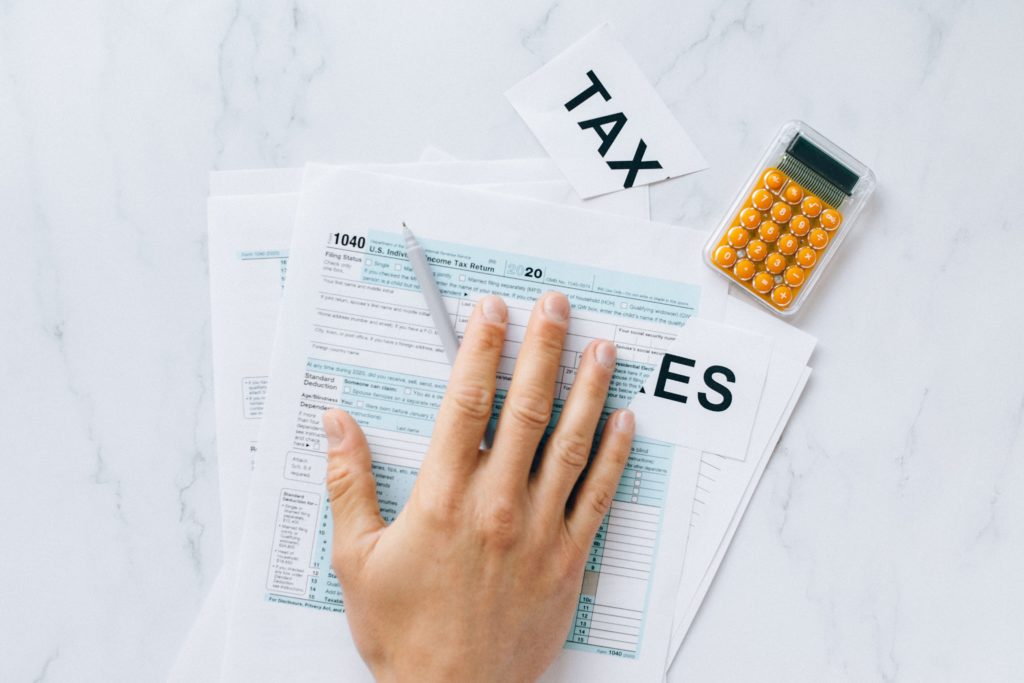Seniors frequently can miss tax-saving opportunities. In many cases, it’s simply because they just don’t know about them, says Kiplinger’s recent article entitled “The Most-Overlooked Tax Breaks for Retirees.” Let’s look at some these:
A Larger Standard Deduction. When you turn 65, the IRS offers you a bigger standard deduction. For 2020 returns, a single 64-year-old gets a standard deduction of $12,400 ($12,550 for 2021). A single 65-year-old gets $14,050 in 2020 ($14,250 in 2021). That $1,700 will make it more likely that you’ll take the standard deduction rather than itemizing. If you do, the additional amount will save you more than $400 if you’re in the 24% bracket. Couples in which one or both spouses are age 65+, also get larger standard deductions than younger taxpayers.
Medicare Premium Deduction. If you become self-employed when you leave your job, you can deduct the premiums you pay for Medicare Part B and Part D, plus the cost of supplemental Medicare (Medigap) policies or the cost of a Medicare Advantage plan. It isn’t subject to the 7.5%-of-AGI test that applies to itemized medical expenses. However, you can’t claim this deduction if you’re eligible to be covered under an employer-subsidized health plan offered by either your employer (if you have retiree medical coverage, for example) or your spouse’s employer (if he or she has a job that offers family medical coverage).
Spousal IRA Contribution. You must have earned income to contribute to an IRA, but if you’re married, and your spouse is still working, he or she can contribute up to $7,000 a year to an IRA that you own. Provided your spouse has enough earned income to fund the contribution to your account (and any deposits to his or her own), this is an option.
The RMD Workaround. Required minimum distributions (RMDs) weren’t required in 2020 (due to COVID), but retirees taking RMDs from their traditional IRAs in 2021 and beyond may have an extra option for meeting the pay-as-you-go demand. If you don’t need the RMD during the year, wait until December to take the money. You can ask your IRA sponsor to hold a large part of it for the IRS—enough to cover your estimated tax on both the RMD and your other taxable income as well. If your RMD is more than large enough to cover your tax bill, you can keep your cash safely in its tax shelter most of the year and still avoid the underpayment penalty.
Reference: Kiplinger (Dec. 29, 2020) “The Most-Overlooked Tax Breaks for Retirees”
